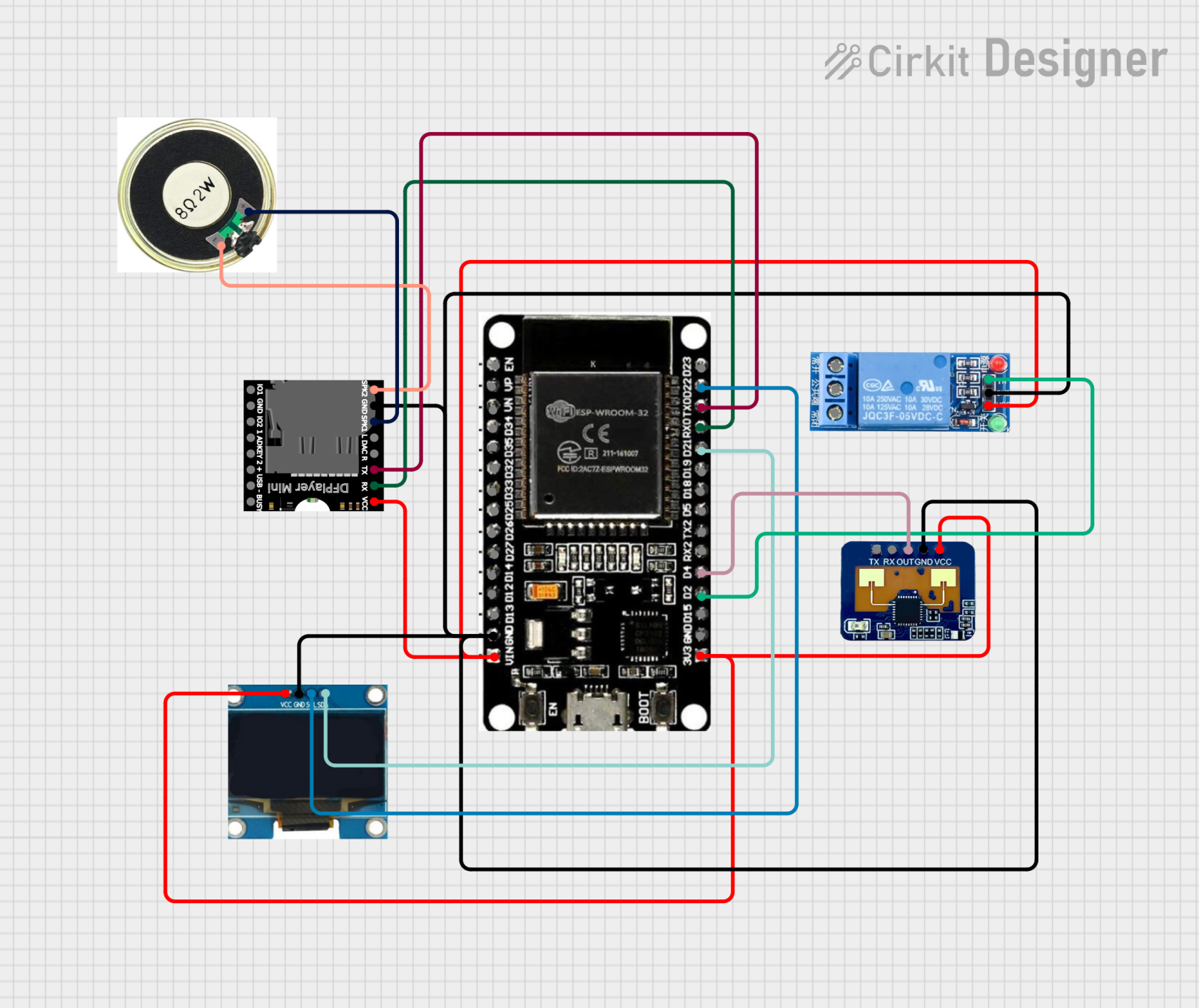ESP32 Mesh Network for Halloween Prop Control
This project uses a mesh network of ESP32 microcontrollers communicating via ESP-NOW to coordinate a set of Halloween props. The goal is to create synchronized, responsive effects triggered by motion — perfect for haunted house setups or outdoor displays.
System Overview
The network consists of one master controller and multiple slave controllers:
-
Master Node:
Acts as the central coordinator. It’s equipped with a motion sensor (such as a PIR sensor) that detects when someone approaches.
When motion is detected, the master broadcasts a “trigger” message over ESP-NOW to all slave nodes. -
Slave Nodes:
Each slave node controls an individual prop (e.g., fog machine, servo motor, LED lighting, sound module, etc.).
Upon receiving the master’s trigger message, the slave performs its assigned action — for example, moving a prop, flashing lights, or playing a sound.
Once the action is complete, the slave sends a “completed” message back to the master.
Communication Flow
-
Motion Detection:
The master’s PIR sensor detects movement. -
Broadcast Trigger:
The master sends a “motion detected” message via ESP-NOW to all registered slave devices. -
Action Execution:
Each slave performs its programmed effect or animation. -
Completion Feedback:
After finishing, each slave sends a “done” signal to the master. -
Reset or Cooldown:
Once the master receives all “done” signals (or after a timeout), it resets the system and waits for the next motion event.
Key Features
-
ESP-NOW protocol allows for low-latency, Wi-Fi-free communication — no router or internet required.
-
Scalable design — easily add or remove props by pairing additional ESP32s.
-
Bidirectional communication ensures the master knows when all props have completed their sequences.
-
Energy-efficient — nodes can sleep between triggers.
-
Highly customizable — each slave can have its own timing, behavior, or randomized effect.
Example Use Case
-
Master detects motion → broadcasts “TRIGGER”
-
Slave 1 (fog machine): starts fog → sends “DONE” after 10 seconds
-
Slave 2 (LED lights): flashes red and orange → sends “DONE” after 5 seconds
-
Slave 3 (servo skeleton): waves arm → sends “DONE” after 8 seconds
-
Once all “DONE” signals are received, the master resets and waits for the next visitor.
List of mac addresses currently in use:
master (detects motion): FC:B4:67:55:A5:24
sound player: 08:D1:F9:EE:A0:B0

